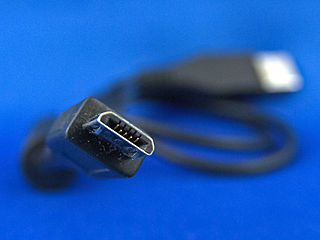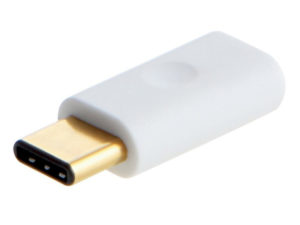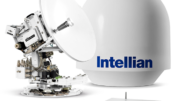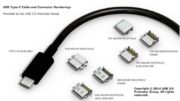At this point, you probably have about two dozen USB cables, most of them identical. If you have equipment more than a few years old, it uses the MicroUSB cable to power mobile devices. Newer equipment is rapidly moving to USB-C cables. For those who still use external hard drives, printers and that sort of thing, USB cables are just the thing for your connecting needs.
The world before USB
USB wasn’t always with us. Before USB, everything had its own cable. Printers used gigantic Centronics cables, modems (yeah, people had those) used fancy serial cables, and mobile devices used… whatever the heck they wanted. It was a mess. Most of these cables and connectors were so big that they actually made laptops bigger, and some were so delicate that they broke easily.
Before USB, you had to know where your stuff was plugged in, and use a confusing array of acronyms like LPT1 and COM2 to connect everything properly. USB was designed to not only be faster and use smaller cables than its predecessors, but to be a lot smarter.
USB was initially designed in 1994, with the first applications in computers around 1998. It debuted alongside what was then called “Plug-and-Play” technology. It used to be you needed a disk with a driver for everything, including a mouse and keyboard. With Plug and Play, many common devices would just install themselves. This is the way things are today and you don’t really even think about it.
MicroUSB vs. USB-C

I’m sure you remember the MicroUSB connector, and you may still be using it. This wasn’t the first small-sized USB connector but it certainly was the most popular. It’s been used in all sorts of mobile and portable devices. And, most people hate it. I certainly do. It has to the the only connector that seems to take three tries or more to insert. But, it was so common until recently that everyone used it.

This is the USB-C connector. It’s about the same size as MicroUSB but you can put it in either way and it will work. It’s better than MicroUSB since it supports both faster speeds and more power though the connector.
USB-C takes over the world
I won’t be surprised if USB-C completely takes over the world in the next few years. There’s practically no downside to the connector and I’d expect it to replace the old-school USB connector on laptops and desktops. Apple, who was the first manufacturer to use USB in desktop computers, is already leading the way here again.
Speaking of Apple, it’s beginning to look like they are finally embracing USB-C in their mobile devices. Mac laptops and iPads use it, and the latest iPhone seems to have a USB controller as well. While I’ll swear up and down that Apple’s own Lightning connector is better than USB-C for most things, it’s expensive and proprietary and I’m glad Apple’s giving it up.
The best part of USB…
is that it continues to evolve, getting faster and using smaller connectors, but it’s designed to be backwards compatible — if you have an old USB mouse from the 1990s it will still work with the latest computer out there. Pretty cool.





